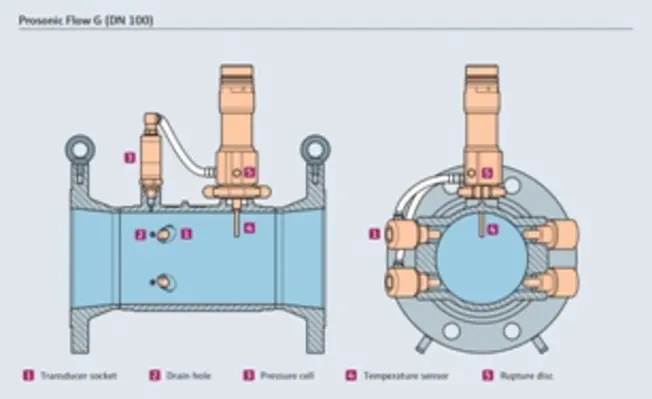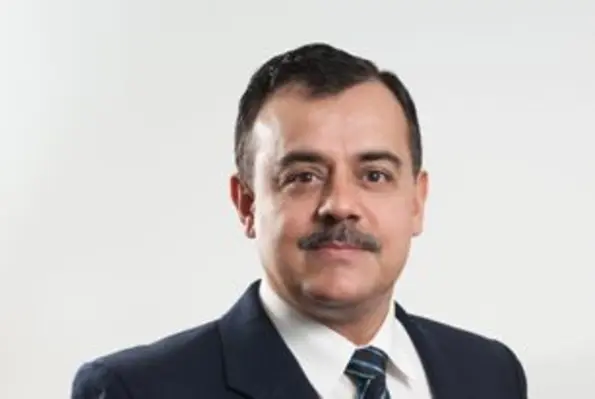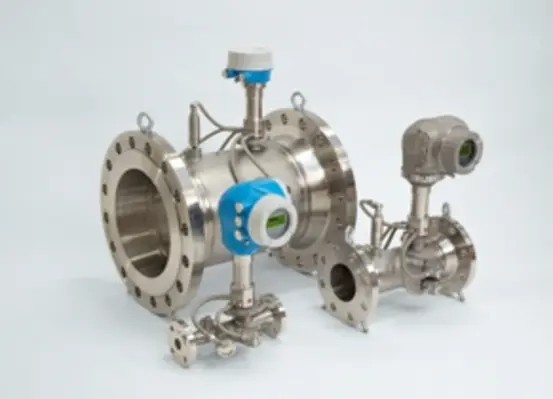Apurva Sharma, Industry Manager O&G at Endress+Hauser, describes how the company’s new Prosonic Flow G ultrasonic flowmeter 300/500 provides reliable wet gas measurement even under demanding conditions
Separators are typically used to physically separate the multiphase flow from oil wells consisting of gas, oil, water, condensate or even sand, and to measure each fluid in a single phase. Separation is common practice and a good solution for dividing the multiphase flow into individual streams of oil, water, and gas. The most common separators are two-phase or three phase units that separate gas from liquid or gas, oil, and water respectively.
Theoretically, this approach works well, but it assumes that process conditions are stable over time and match the conditions the separator is designed for to work effectively. Unfortunately, stable conditions are rare and high liquid-loaded gas conditions can not only occur in start-up situations but also during the lifetime of a well because of liquid carry-over in gas leg.
Innovations an d design improvements
d design improvements
To meet the growing demand of the industry to measure gas reliably under less ideal, demanding conditions such as low pressure, changing conditions, high turndown and especially for wet gases in separator gas-leg, Endress+Hauser designed and developed the new ultrasonic flowmeter Prosonic Flow G 300/500.
One of the most difficult challenges in wet gas measurement occurs when liquid and/or condensate accumulate in and around the transducer and transducer socket. If enough liquid collects, it forms an acoustical shortcut and leads to parasitic ultrasonic noise.
This noise needs to be minimised, so that the ultrasonic flow signal to noise ratio remains satisfactory for stable flow measurement. To reduce the chance that liquid and/or condensate accumulate in and around the socket and transducer, various innovations have been implemented into the device.
1. The sensor sockets are oversized in diameter to increase the distance between socket and transducer. Compared to traditional ultrasonic meters, this distance is rather large. This optimised socket size and shape improve the robustness against wet gas significantly as the probability of bridging this large distance is less.
2. A second feature is a drainage channel connecting each sensor socket with the measuring tube. This channel allows liquid that drains down the piping and meter wall to flow out of the socket before it collects there. This avoids the unwanted bridging effects between the transducer and socket gap.
3. Another important aspect is the development of fully metallic titanium transducer design based on a longitudinal vibration mode. The advantages of this sophisticated design are high pressure capability and excellent chemical resistance combined with mechanical robustness.
These new design features allow the meter to operate continuously at high liquid loads. The maximum possible availability of the flowmeter, despite extreme wet gas conditions, is thus guaranteed at all times.
 Summary
Summary
Wet gas measurement has been, and will continue to be, a challenging measurement application which is often unavoidable in many different areas of the process industries, especially in the unconventional oil and gas production fields.
Innovative design made it possible to build an ultrasonic flowmeter specifically designed to provide a reliable, repeatable, and robust wet gas measurement even under demanding conditions like we see in many different industries.
Not only can such a meter ensure a reliable measurement with a higher availability, but also the reduction of both capital and operational expenses delivers significant value in wet gas measurement points in many fields of application.
For further information, see https://eh.digital/3Lm8bme









